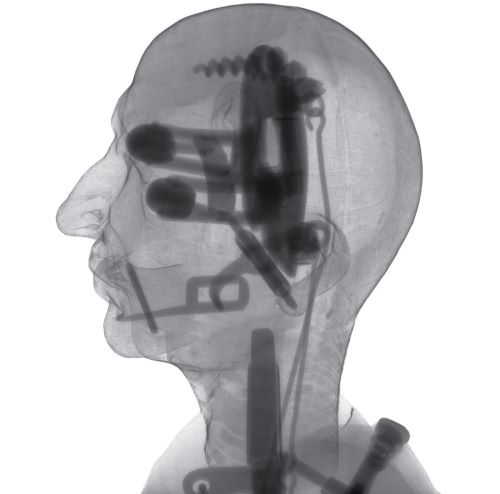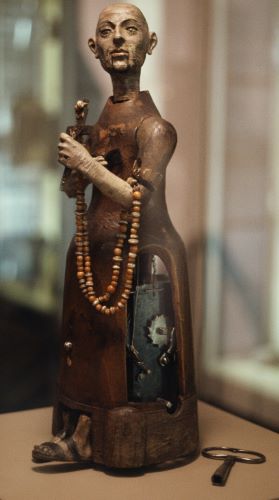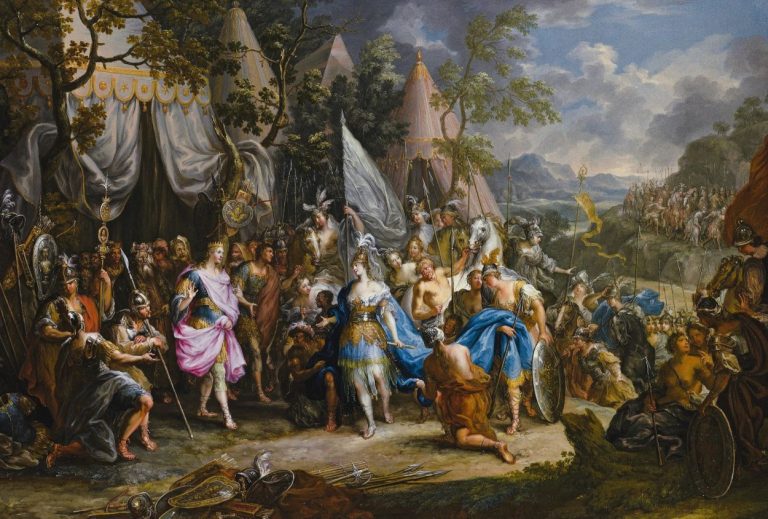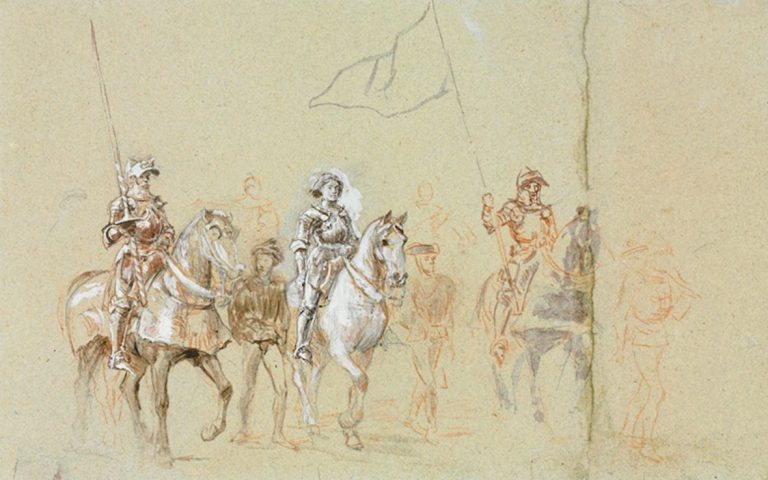

Uncovering the history of robotics through art.
By Meg Butler
Editor and Author
Getty Iris
The monk, as the object is now called, is a seemingly unassuming figure.
He is roughly 16 inches high, carved out of wood, and clad in rough-spun robes. But, beneath his garment he hides a secret: an unseen lever that sets him into motion.

Once placed on a table, the monk comes to life. He walks in a straight line, head nodding, sandaled feet stepping out from under the hem of his robe. Then, suddenly, his head snaps in the direction of a seated spectator. Now he moves toward them, with purpose. He strikes his chest and mutters a silent prayer while flourishing his rosary. Just before he reaches the object of his focus, his body changes direction.

But his head remains fixed for another moment before he turns toward another person at the table.

What must his late-Renaissance audience have thought of his performance? His eyes and mouth move through means of hidden locomotion. His body is clad in religious robes over the hyperrealistic flesh tones of polychrome? Would he have been seen as a mechanical marvel? Or a diminutive miracle?
Those are the questions that clockmaker David Todd and sculptor Elizabeth King investigate in the new Getty publication Miracles and Machines: A Sixteenth-Century Automaton and Its Legend.
In 1977, this 16th-century figure of a monk emerged from obscurity and onto the antiquities market. Its discovery and acquisition has changed both the history of robotics, and museum collecting.

Through a fascinating path of research, Todd and King delve into the history of religion, royal record and legend, and the technical intricacies of clockwork to search the monk and automatons like him for evidence of the origins of androids in 16th-century objects of theater.

Does the monk, ask Todd and King, deserve to be classified beyond an object of art and clockwork to take his place as one of the earliest objects in history of artificial life? And exactly what impact should that have for museum classification, and the history of robotics?
Originally published by The Iris, 08.01.2023, under a Creative Commons Attribution 4.0 International license.


